This shot, taken during the Italian Road Running National Championships, is a fair application of the French philosopher Henri Bergson aphorism to composition: the eye sees what the mind is prepared to comprehend. In fact, although there is not a direct, cause-and-effect relationship between this image and renaissance painting, the learned observer may find some connection with works such as, for instance, Michelangelo’s Battaglia di Cascina. The connection between present and past may be loose, but this does not affect the principle. When I framed the shot I something ‘clicked’ in my mind and I instinctively decided to press the button.
Photography (at least in all its variations, such as sports photography, which requires shooting ‘on the fly’) can be defined as ‘real-time painting’. The photographer must be able to quickly ‘see’ – i.e. recognise – a particular shot composition, thus transforming a neutral event into a creative image.
It is a well-established fact that proper composition goes far beyond simply following – or breaking – common rules such as the ‘rule of thirds’ or the ‘golden ratio’. Creativity in photography is about giving meaning to an otherwise ‘flat’ natural event. This is why training in classical painting should be a must for a photographer. Great artists of the past took time, care and talent to paint sketches of the life of their time. They solved the problem of composition in advance by sketching out the best way to do it with their artistic ingenuity.
This does not mean that such works should be copied out of hand. However, being able to see the resemblance between a possible frame and the master’s painting a fraction of a second before pressing the shutter can change the result (for good). Compare the result with a similar image taken by a local newspaper for reporting purposes, and the difference between the two approaches becomes clear.
Share this post:
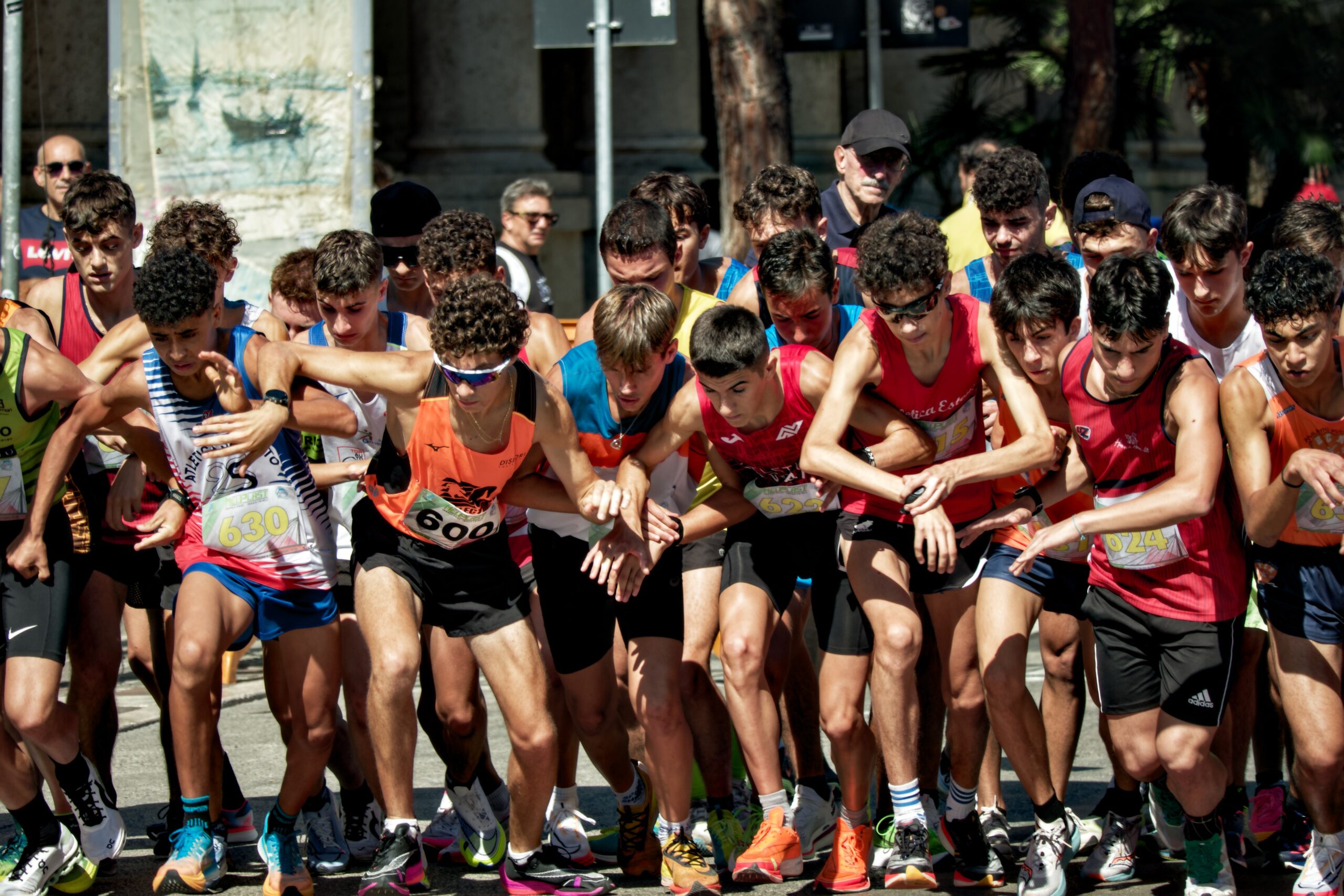
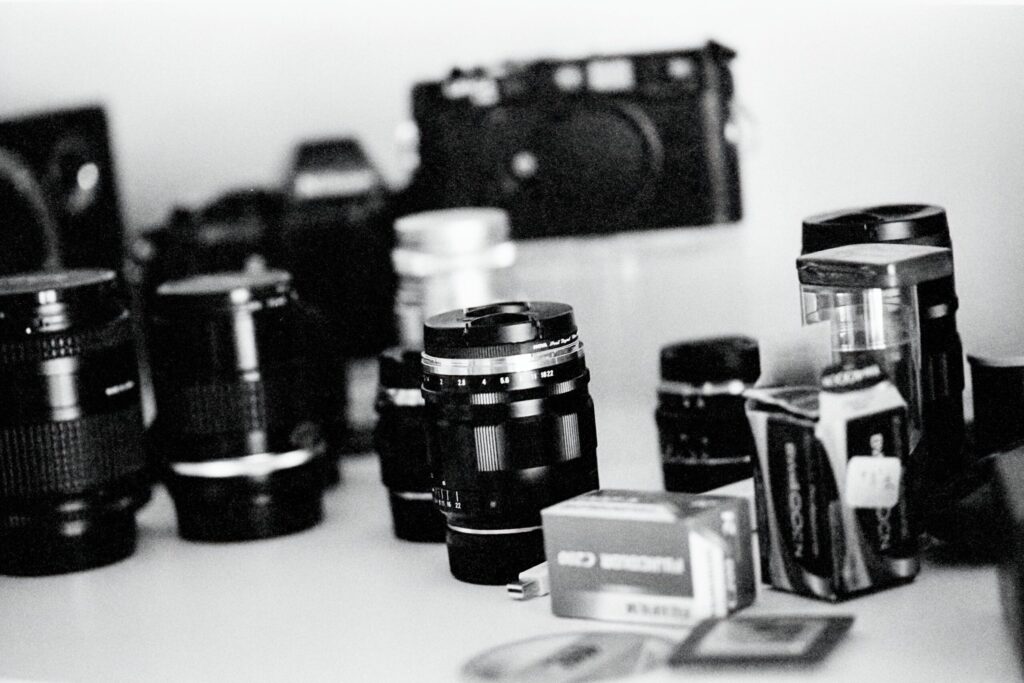
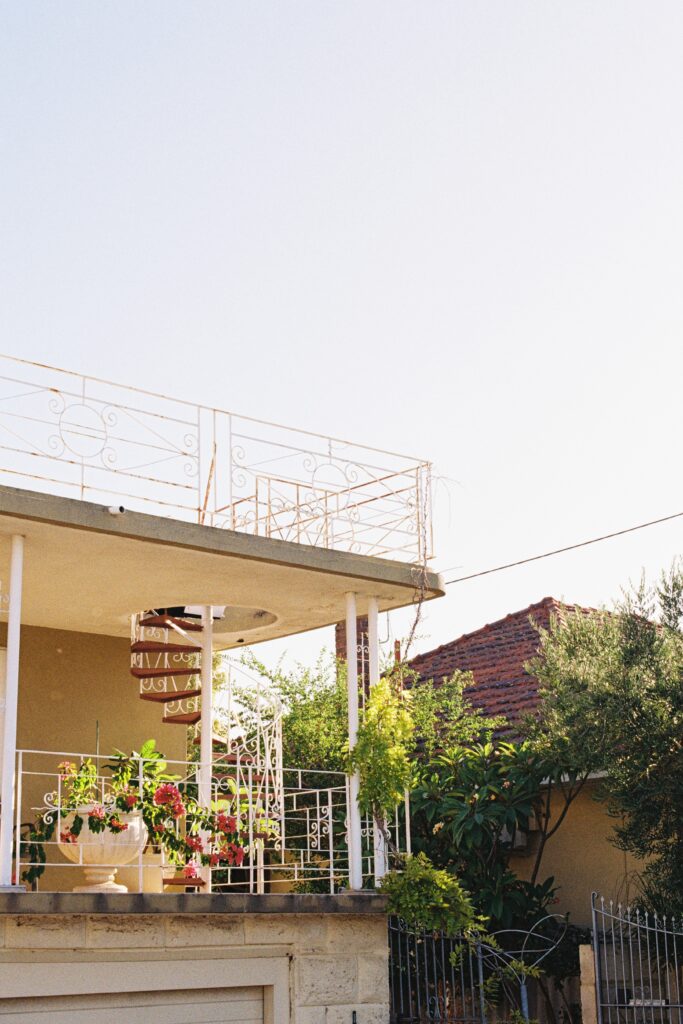
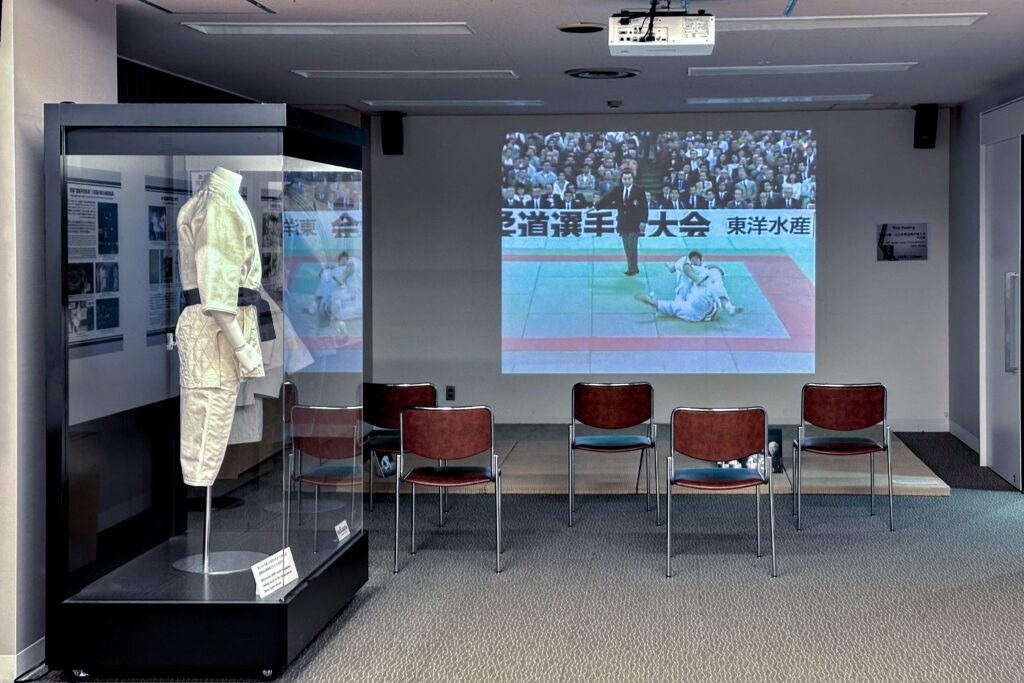
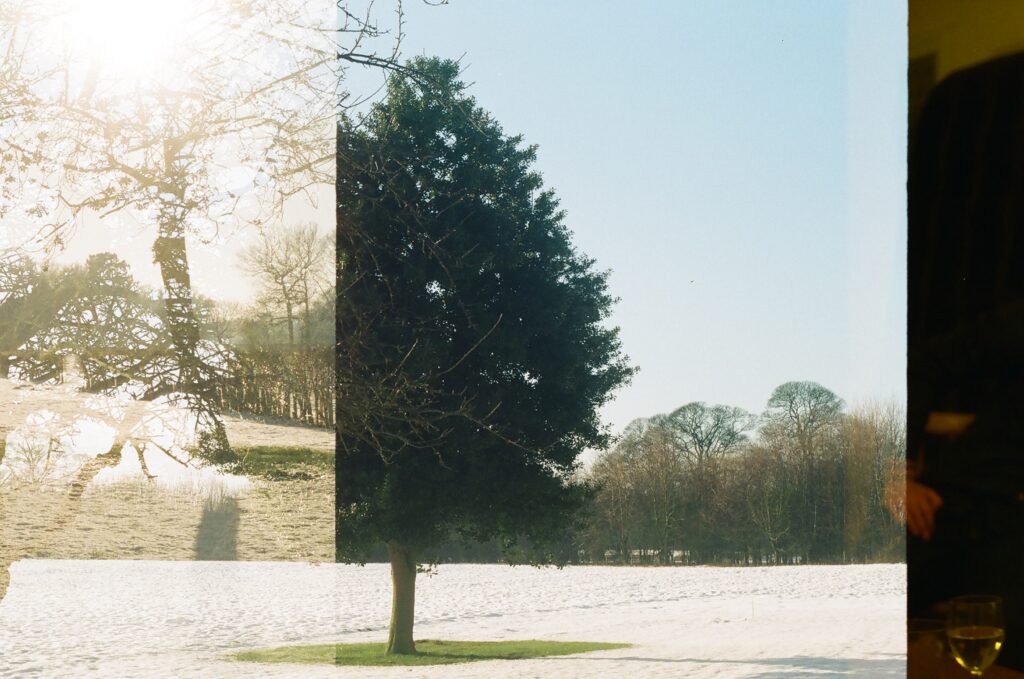




Comments
Pedro Lauridsen Ribeiro on On Composition – Or: the eye sees what the mind is prepared to comprehend
Comment posted: 13/06/2024
According to the above link, similar quotes go back at least to Goethe's "Faust" (1808). Missing from the former, though, is the analogous aphorism by F. Nietzsche (which doesn't apply so promptly to photography but is pretty much the same concept):
"Man hört nur die Fragen, auf welche man imstande ist, eine Antwort zu finden." (One hears only the questions for which one is able to find an answer.) - In: "Die fröhliche Wissenschaft" (1882)
Gary Smith on On Composition – Or: the eye sees what the mind is prepared to comprehend
Comment posted: 13/06/2024
Daniel Emerson on On Composition – Or: the eye sees what the mind is prepared to comprehend
Comment posted: 13/06/2024
Interesting comparison between Battaglia and the national runners. I conducted a meta-analysis on my thinking processes while exploring both the painting and photo to understand how my understanding and motives directed the search to develop a message from each image though they appear conceptually different. So Andrea, you have helped me uncover an additional layer of process to rapidly and subconsciously apply during the sequence of recognizing a situation, framing the shot and pressing the trigger. Mind you, your examples are complex, and I am still thinking about how this will play out in the field with different subject matter. But it firmly identified the desire to frame some narrative.
Daniel
Marco Andrés on On Composition – Or: the eye sees what the mind is prepared to comprehend
Comment posted: 13/06/2024
It’s all about being in the moment. The principal difference between your image and the one for the local newspaper is all in the point of view and context. Yours emphasises the tension/drama/messiness of the race while the other is ordered/languid/"well-structured". In your image, we know it's a race, while in the other we only know they are watching something and that they are probably waiting to participate in. The photographer is probably a male and not interested in the competition. Your image tells a story and your connection to the subject is palpable. In contrast the other is pro forma.
Daniel Castelli on On Composition – Or: the eye sees what the mind is prepared to comprehend
Comment posted: 14/06/2024